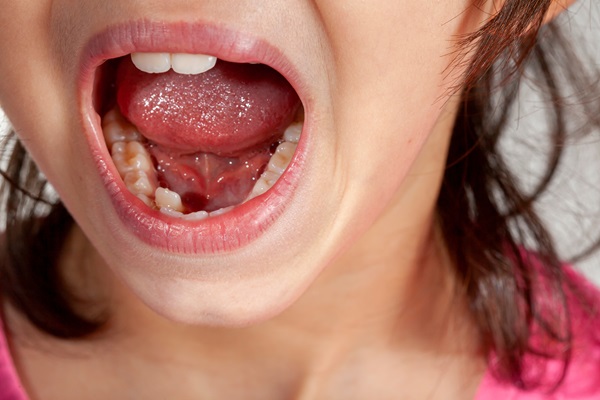How Phase 1 Orthodontics Can Prevent More Serious Future Problems

Phase 1 orthodontics helps prevent developing bite issues from impacting a child’s development or turning into something worse. It typically starts around ages six to nine since a child’s jaw and facial structures are easier to manipulate at this stage.
Minor orthodontic issues like not having adequate space on the jaw for their permanent teeth can turn into more severe issues like crooked teeth later in a child’s life. Phase 1 orthodontics tackles these issues before they cause significant problems.
Preventing future bite issues with phase 1 orthodontics
The American Association of Orthodontists recommends bringing children in for their first appointment by the age of seven. Their bite should be mostly developed at this time so that an orthodontist can spot developing issues. Some of the bite issues that can be detected at this stage include:
- Poor placement of teeth
- Unnatural gaps between teeth
- Misaligned or crowded teeth
- Poor jaw development
- Teeth that failed to erupt
A child’s bite assessment usually involves an orthodontist visually inspecting the patient’s mouth, looking for visible problems. Digital x-rays are often used to view the internal structures of the child’s teeth and gums. Appropriate treatments are recommended if the orthodontist notices any abnormalities in the child’s bite.
Some of the treatments that might be recommended during phase 1 orthodontics include:
- Palatial expanders: These appliances are used to apply continuous pressure on a child’s palate by fastening it to the roof of their mouth. It encourages the widening of the palate, creating more space for the child’s teeth
- Headgear: These appliances help to promote proper jaw alignment and growth. Headgear can also be used to correct a child’s bite. The appliance is worn partly outside the mouth, and it is usually reserved for the most severe bite issues. It is virtually impossible to get a child to walk around in public wearing headgear, and it is hard to blame them for feeling that way. The aesthetics are awful. Orthodontists recommend wearing them for about 12 hours daily, and they can be worn during sleep
- Braces: An orthodontist might recommend placing braces on some of a child’s teeth to help fix bite issues. Braces have been around for centuries, and they straighten teeth by pushing on them. Braces can be used to address a wide range of orthodontic issues, and they can help to realign a child’s jaw
- Retainers: Retainers are used to maintain the results of early orthodontic treatments. Moving teeth to a better alignment is only half of the battle. It takes some time for new bone and tissue structures to build up around the new position to permanently keep the patient’s teeth there. Retainers help to prevent the child’s teeth from shifting back to their old position
Start your child on the right track
Successful phase 1 bite treatment significantly reduces your child's chances of developing severe bite issues as they grow older. Look at it as preventative treatments that ensure your child’s teeth and jaw develop correctly. Give us a call or visit our Whittier clinic to learn more about phase 1 orthodontics.
Request an appointment here: https://www.citrusgrovesmiles.com or call Citrus Grove Orthodontics at (562) 222-4829 for an appointment in our Whittier office.
Check out what others are saying about our dental services on Yelp: Orthodontics in Whittier, CA.
Related Posts
When it comes to orthodontic therapy, there are solutions for everyone. Orthodontics covers a wide range of conditions, from minor to severe and everything in between. If you are unhappy with your smile, you should visit an orthodontist. There is a solution to repair your teeth, no matter what your concerns are. You can then…
It may take a few days to become accustomed to Invisalign®, as with any orthodontic device. Continue reading to find out more about how Invisalign may affect speech. Invisalign trays fully cover the teeth, giving them a somewhat thicker appearance and feel. Some individuals may notice a little, transient alteration in their speech for the…
Maintaining the position of the teeth after orthodontic treatment requires the use of dental retainers. Read on to learn about the different types of retainers available. As soon as the braces or aligners come off, your teeth will begin repositioning themselves to where they were before treatment. To avoid relapse, you should use retainers. They…
Anyone who has ever had braces before can understand how weird everything feels the first few days after getting them. There is a sense of excitement knowing you are on your way to a brand new, better, looking smile, but at the same time, you may have some anxiety over what the future will hold.You…
